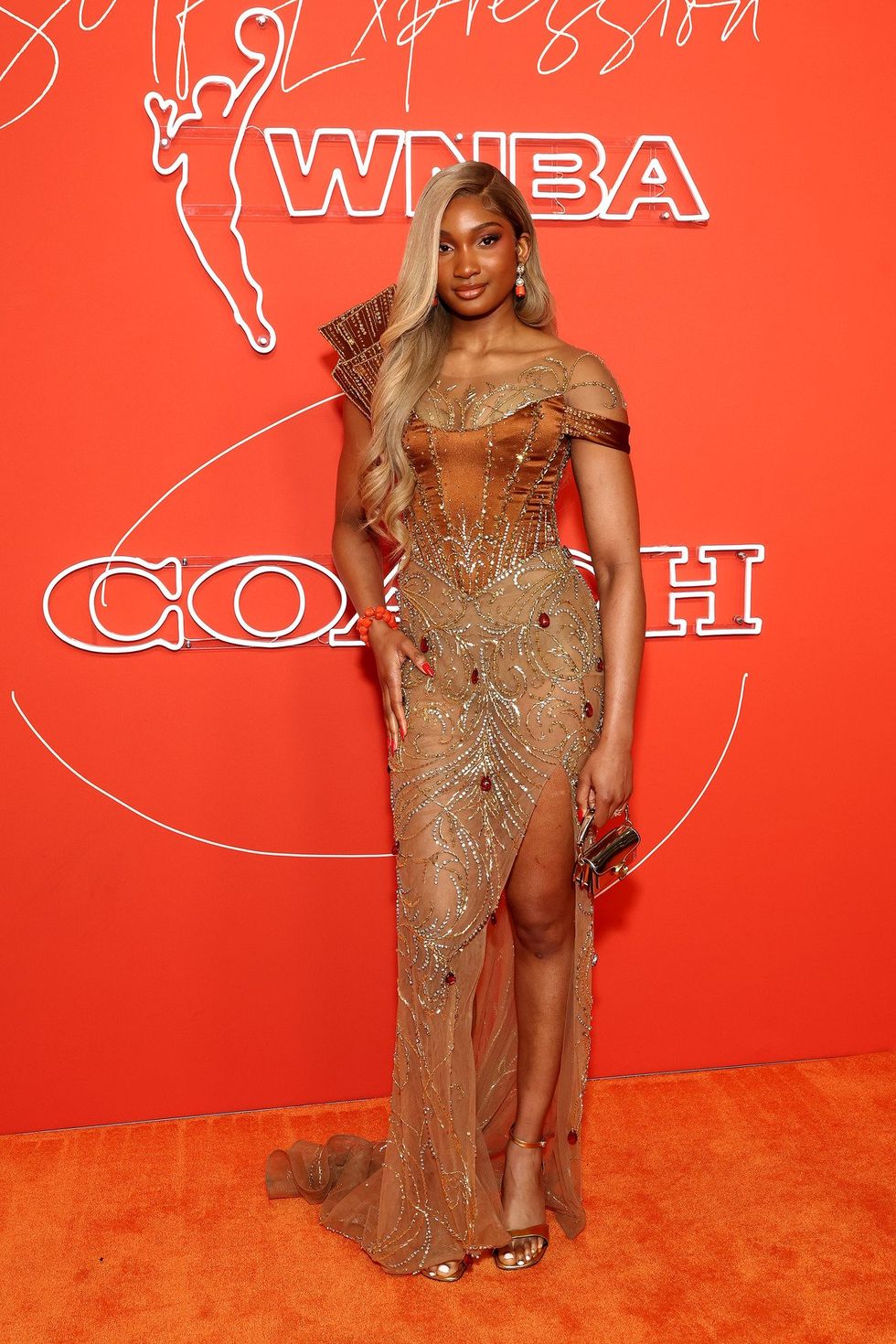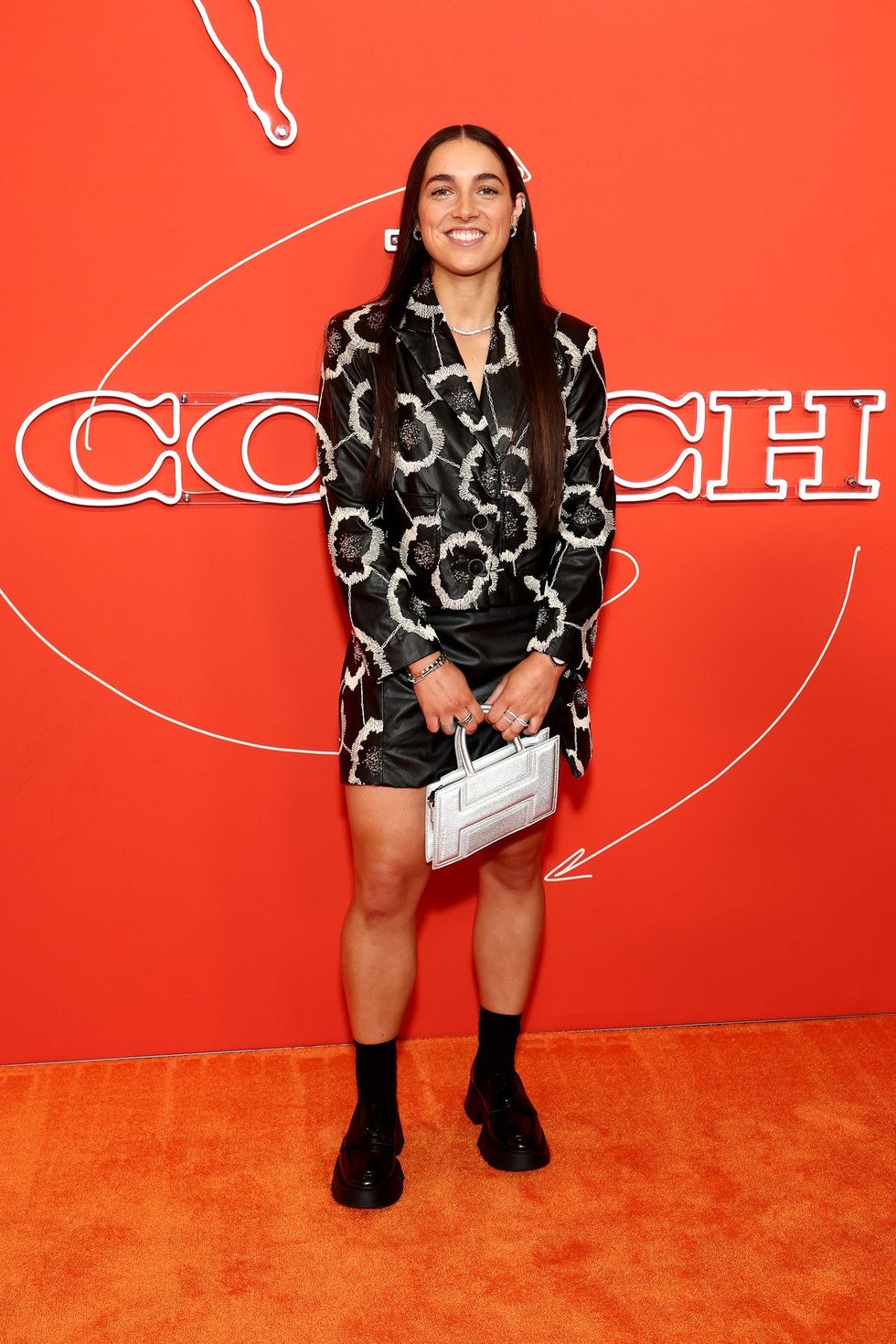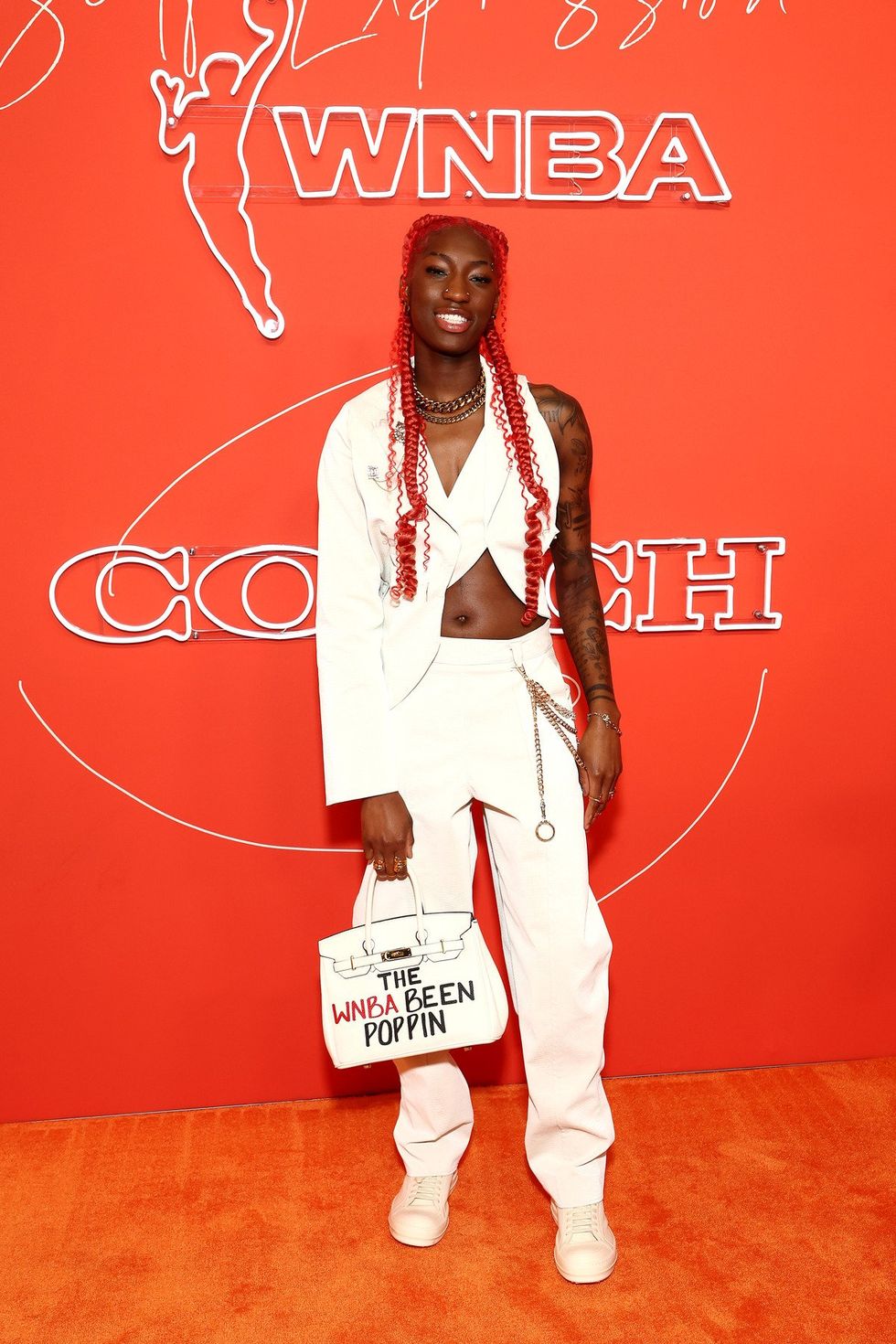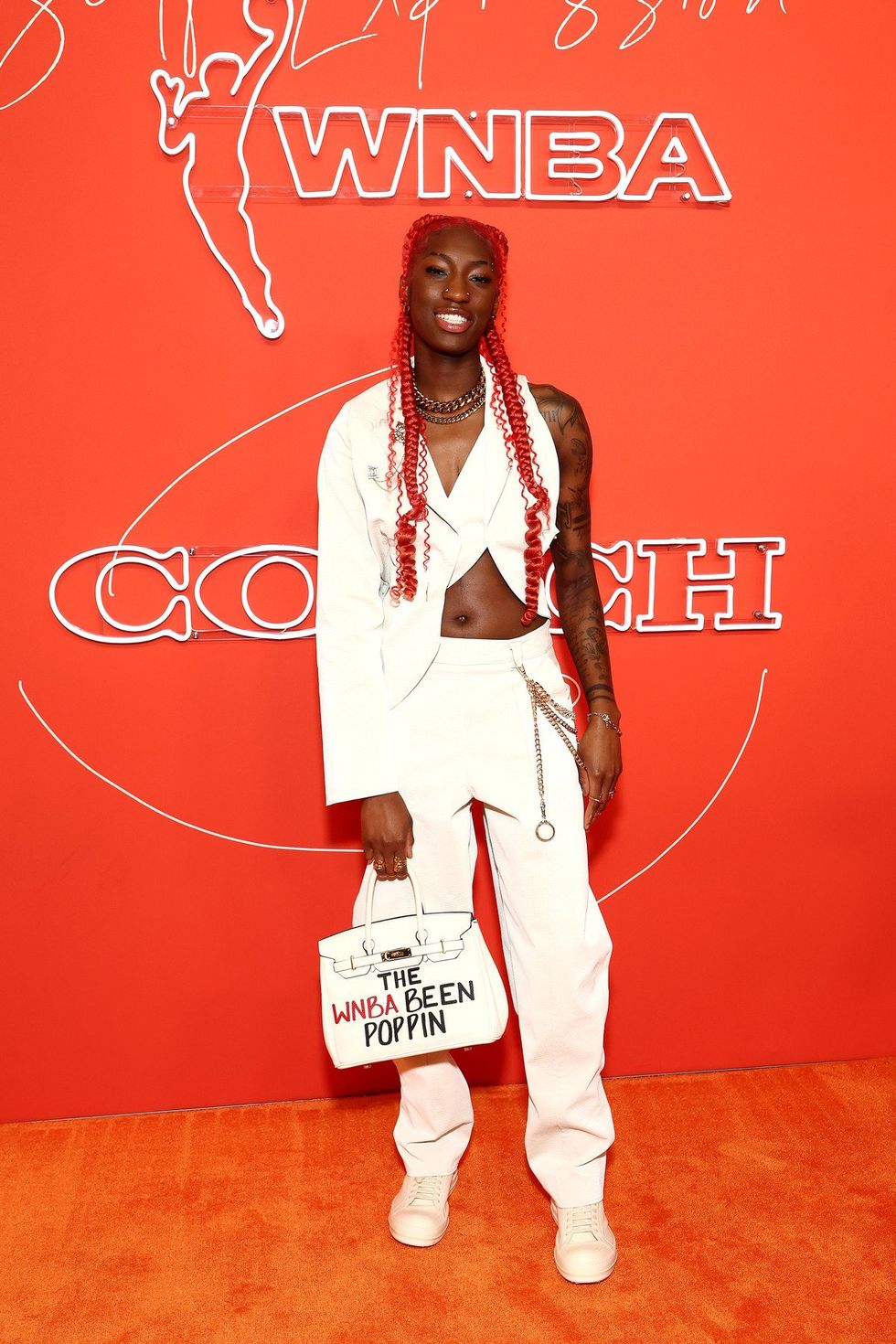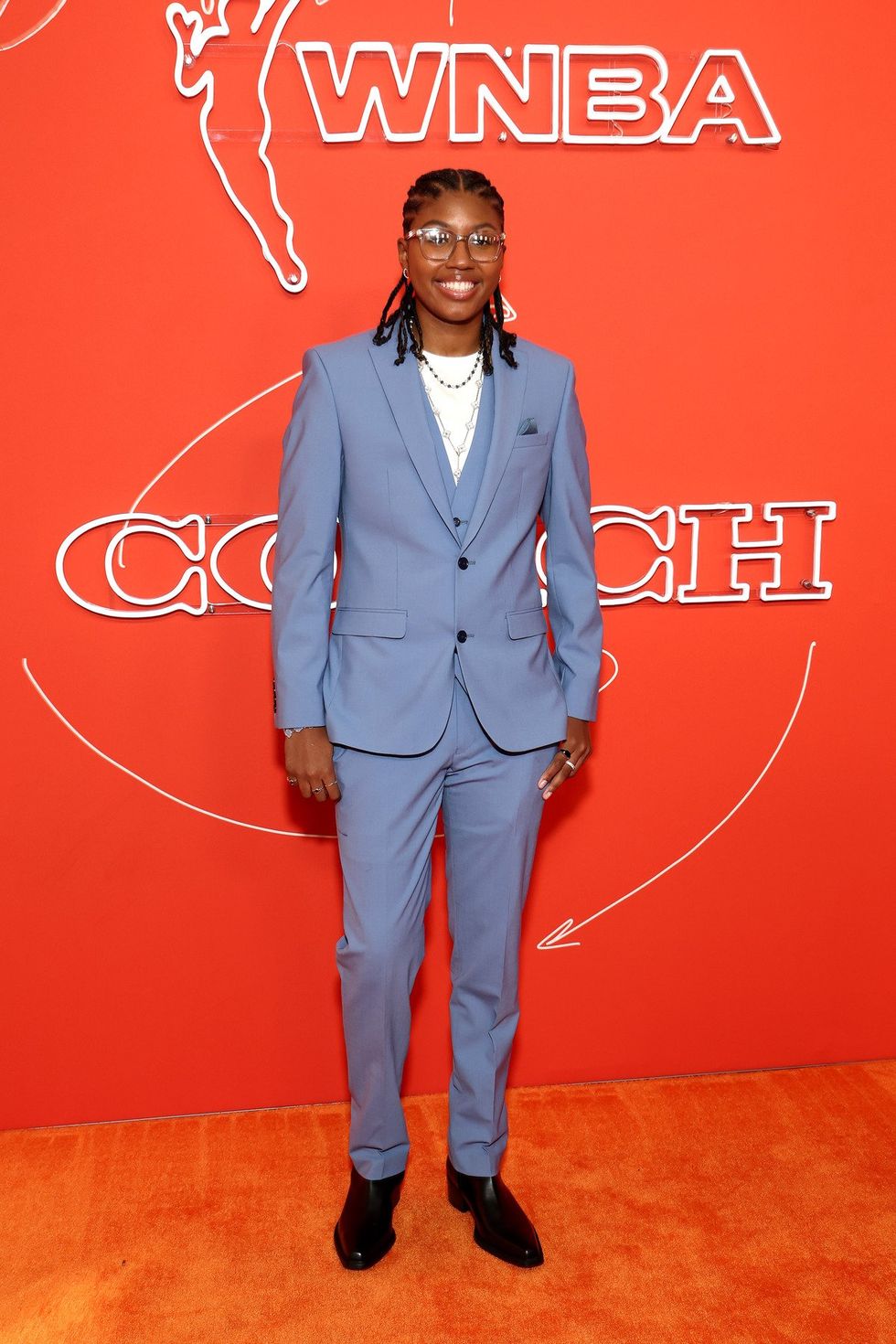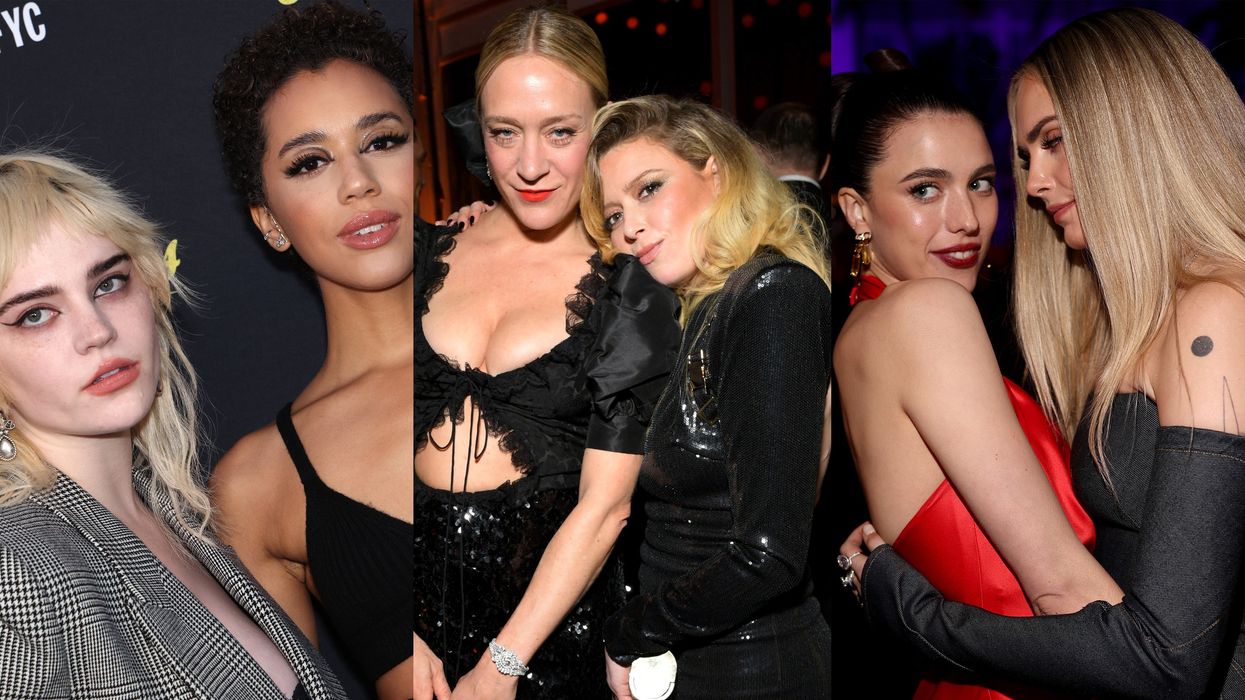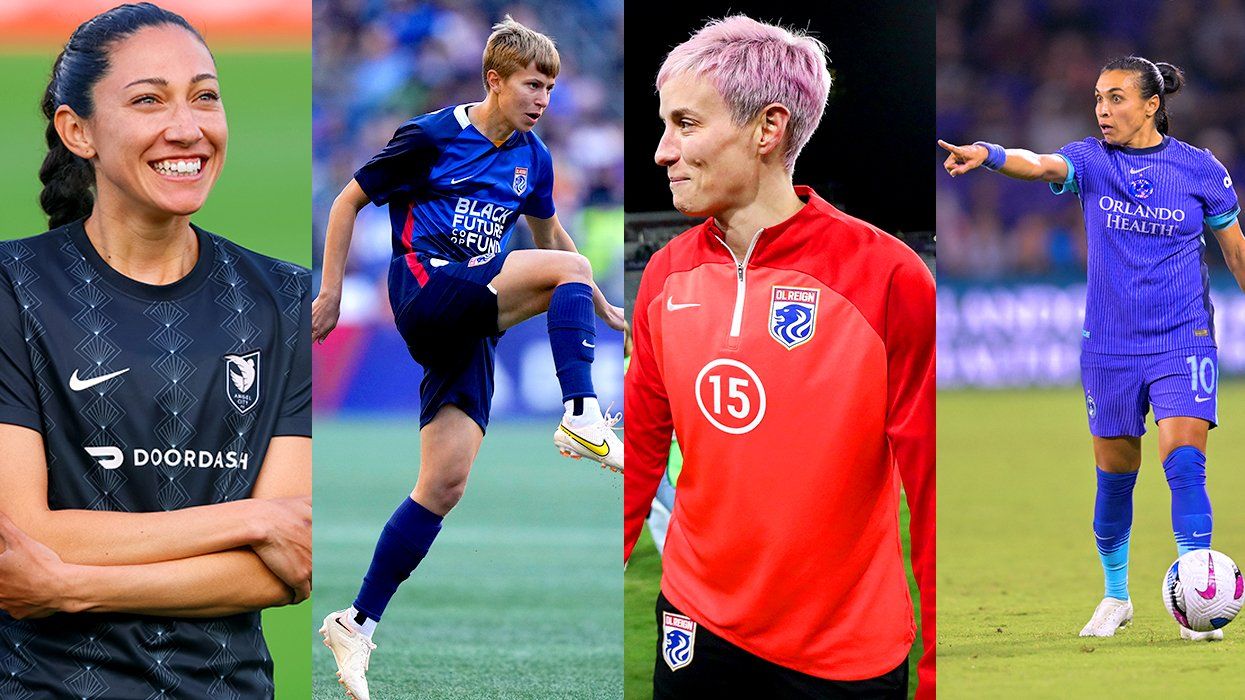While those of us who are on the left side of the aisle may be lamenting the loss of the Senate and many seats in the House on Election Day, the election did produce some historic gains for women. One of those gains is that the number of women in Congress will reach 100 for the first time in U.S. history with 20–or 21 – depending on if Democratic Sen. Mary Landrieu is able to hold onto her seat in a run-off election in Louisiana -- women senators and between 81 and 85 members of the House, depending on how some races that are still being determined are decided, according to the Center for American Women and Politics at Rutgers University.
Alma Adams, a Democrat, won a House seat in a special election in North Carolina’s 12th Congressional District, so she takes office immediately, which means that triple-digit number will be marked next week instead of in January.
The number of women in the Senate is static -- some Democratic women lost seats, like NC Sen. Kay Hagan, who was in one of the tightest races in the country, but women did gain in the House.
Among the historic wins were firsts from several states. The most historic of all was the election of Mia Love to the House. Love became the first black Republican woman elected to Congress. First. Ever.
Love made some other firsts as well: She is the first woman elected to the House from Utah, first Mormon woman elected to the House and first Haitian-American to serve in Congress. (Love is the daughter of Haitian immigrants).
“Tonight you have made history!” Love told supporters after winning Utah’s 4th House district. She told an enthusiastic crowd, “Many of the naysayers out there said that Utah would never elect a black Republican LDS (Latter-day Saint) woman to Congress. Not only did we do it, we were the first to do it!”
Love asserted, “My parents always told me, ‘In order for people to see you as an equal, you need to act as an equal and be an equal.’”
In an interview with CNN the morning after the elections, Love said she was not elected because she was black or a woman, but because she stood for integrity, which was badly needed in Congress. She said she intends to join and shake up the Congressional Black Caucus, which has traditionally been comprised of Democrats.
The midterm election gave the Republican Party the largest congressional majority since World War II. It also saw Republican women making inroads in Congress beyond Love’s win.
Joni Ernst became the first woman elected to Congress from Iowa and the first woman combat veteran ever elected to the Senate. Ernst is a lieutenant colonel and served in Operation Iraqi Freedom as a company commander in Kuwait. She currently commands the 185th Combat Sustainment Support Battalion at Camp Dodge, the largest battalion in Iowa.
Rep. Shelley Moore Capito (R-WV) won decisively in West Virginia, becoming the first woman elected to the Senate from that state. Moore Capito, a moderate pro-choice Republican, was first elected to the House in 2000. Moore Capito succeeds retiring Sen. Jay Rockefeller, a Democrat.
Moore Capito is a long-time politician who served in the West Virginia House. Her father was three-term governor of the state and also served in the House. Moore Capito also serves as a team captain of the bipartisan Capitol Hill women’s softball team.
(In a state race in West Virginia, Republican Saira Blair, 18, became the nation’s youngest legislator, unseating a Democratic incumbent.)
The youngest woman ever elected to Congress is also a Republican. Elise Stefanik, 30, won election to New York’s 21st Congressional District.
Sen. Jeanne Shaheen (D-NH) made history by holding onto her Senate seat in a very tight race, but also by beating former Massachusetts Sen. Scott Brown, who now has the dubious distinction of losing to two women in two different states. Brown was unseated after one term by Elizabeth Warren and now has been trounced by Shaheen.
As enticing as these historic wins are–even if the newcomers making history are all Republicans, which unsettles many of us on the left side of the aisle, particularly when Love and Ernst are not even remotely moderate, unlike Moore Capito–the overall picture for women in Congress is not great.
By the end of the vote tallies women could gain enough seats to have 106 members of Congress. But the House has fewer than 20 percent representation. And while these newbie women in the Senate keep the numbers even, because Ernst and Moore Capito will be junior senators and there will still only be six Republican women in the Senate, there will be little room for Republican women to make any inroads into positions of power now that Republicans have taken over the Senate. Longtime Democratic senators like California Sens. Dianne Feinstein and Barbara Boxer, Debbie Stabenow (D-MI), Maria Cantwell (D-WA), Patty Murray, Kirsten Gillibrand, Mary Landrieu and Barbara Mikulski (D-MD) who all head committees, they have had significant sway in the Senate. But it is expected to be an all-boys club again come January with no Republican women heading committees.
That represents a net loss for women.
In addition, women’s political PACs argue that the rate of additions of women to the Congress is just too slow. The midterm elections had 15 women running for the Senate, but only four of those women won.
Several Senate races were especially crushing, like the Kentucky and Georgia races where Democratic women were close to winning highly coveted seats, but lost.
“Women are not making dramatic gains in elective office, certainly at the highest level,” Olympia Snowe, the former Republican senator from Maine told the New York Times, although Maine was long a state where both senators were women. Susan Collins, one of the more moderate Republicans, won re-election to her seat on Tuesday.
It’s not just the Congress where women are failing to move into higher office, however. Of the 50 states, there are only five female governors–in Oklahoma, Arizona, New Mexico, South Carolina and New Hampshire. Of those Nikki Haley (SC) and Susana Martinez (NM) are both women of color. Maggie Hassan is the only Democratic woman governor. Wendy Davis, who ran for governor of Texas in a much-publicized race, lost decisively, with only 40% of the vote.
Another cause for concern is where women running for office are coming from. Nearly every woman who has won either a governorship or a seat in Congress has come from a state legislature. Which means a woman moving from one political space to another doesn’t add women to the power landscape–it just shuffles them around. Mia Love was a Mayor. Ernst was a state senator. Moore Capito was a member of the House.
Krysten Sinema (D-AR), the only openly bisexual member of Congress, who was re-elected Tuesday, came from the Arizona state legislature when she was first elected to Congress in 2012. Tammy Baldwin (D-MN), the only openly lesbian member of the Senate, had been in the House for 20 years.
Some women are retiring. While Dianne Feinstein (D-CA) has not mentioned retirement, she is 82 and now that she will no longer be heading the prestigious Intelligence Committee in the Senate, may decide now is a good time to retire.
Much has been made about the so-called war on women throughout the midterm elections. But the real war on women may come from within. The big wins for women were all Republicans and those women won nearly as many female voters–usually the purview of Democrats–as they did male voters.
What is needed in America is more women running for office from a broader swath of America. We need more disparate voices and younger women as well as middle-aged women running. The election of Elise Stefanik is significant because she is only 30. Mia Love is only 38 as is Sinema.
With the rise of PACs like Emily’s List and LPAC (the lesbian PAC) with their focus on electing progressive women candidates and younger women candidates, that could become a trend. Twice as many women Democrats as Republican women ran for House, Senate and governors’ seats. But because Democrats were crushed in the midterms in both Congressional and gubernatorial races, women were also crushed. And when women lose, it takes on a larger connotation in the minds of voters, male and female, and makes it harder the next time. Pundits already are attributing some of the Democratic loss to Hillary Clinton and Michelle Obama who both campaigned vigorously for incumbents and newbies.
In the end, history was indeed made by women in the midterms–but there is still a long way to go before we hit the numbers we need for women to truly be represented in and by our government. We are all looking to 2016 to not only take more seats in the Congress but also, hopefully, take the White House as well.
Victoria A. Brownworth is an award-winning journalist, editor and writer and the author and editor of nearly 30 books. She has won the NLGJA and the Society of Professional Journalists awards, the Lambda Literary Award and has been nominated for the Pulitzer Prize. She won the 2013 SPJ Award for Enterprise Reporting in May 2014. She is a regular contributor to The Advocate and SheWired, a blogger for Huffington Post and a contributing editor for Curve magazine and Lambda Literary Review. Her reporting and commentary has appeared in the New York Times, Village Voice, Los Angeles Times, Boston Globe and Philadelphia Inquirer. Her book, From Where We Sit: Black Writers Write Black Youth won the 2012 Moonbeam Award for cultural & historical fiction. Her novels, Ordinary Mayhem and Cutting will both be published in winter 2014. @VABVOX











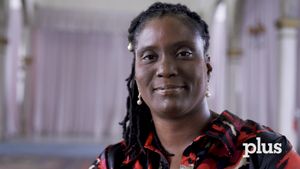














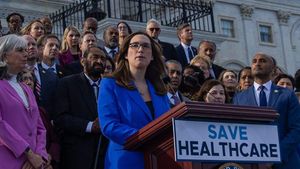














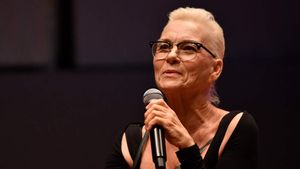

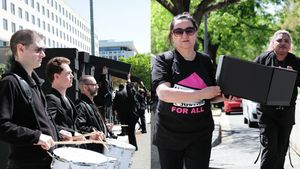


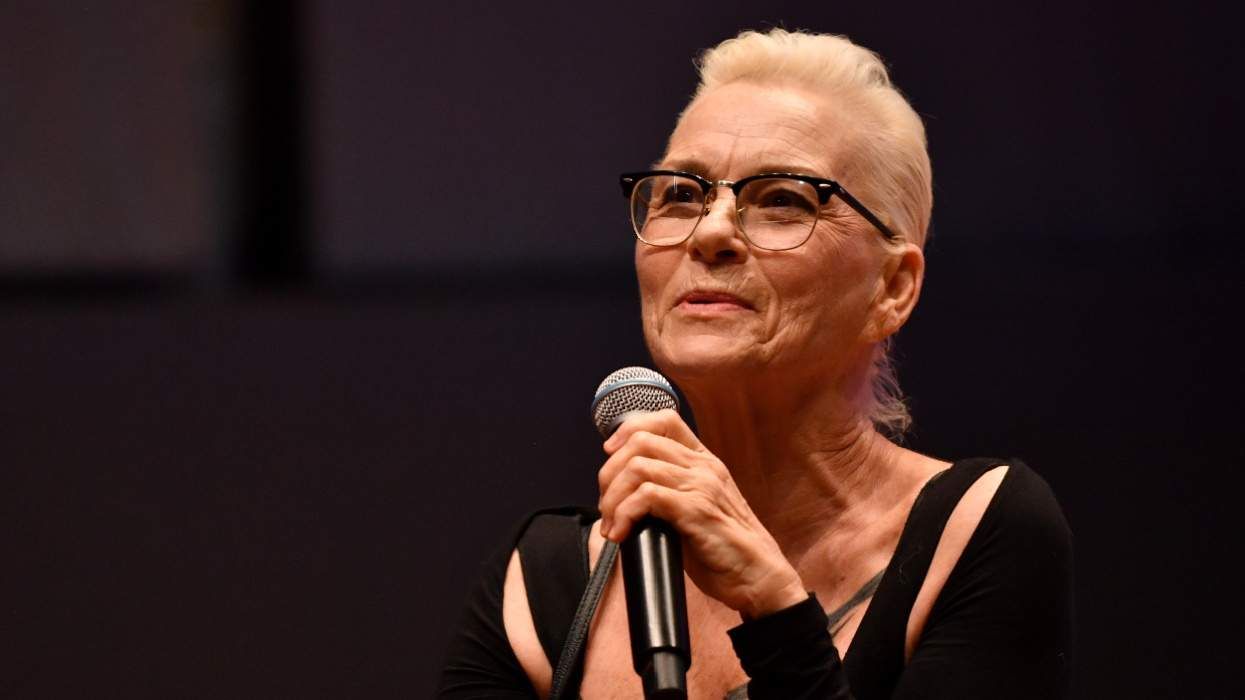
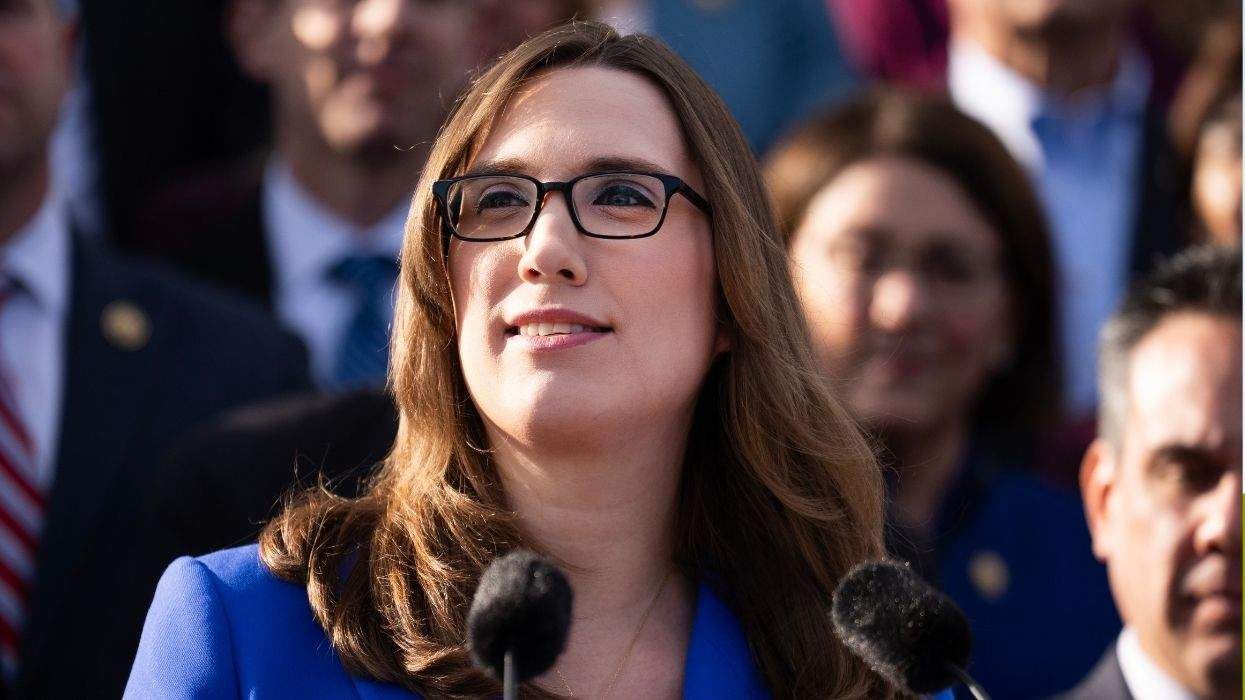


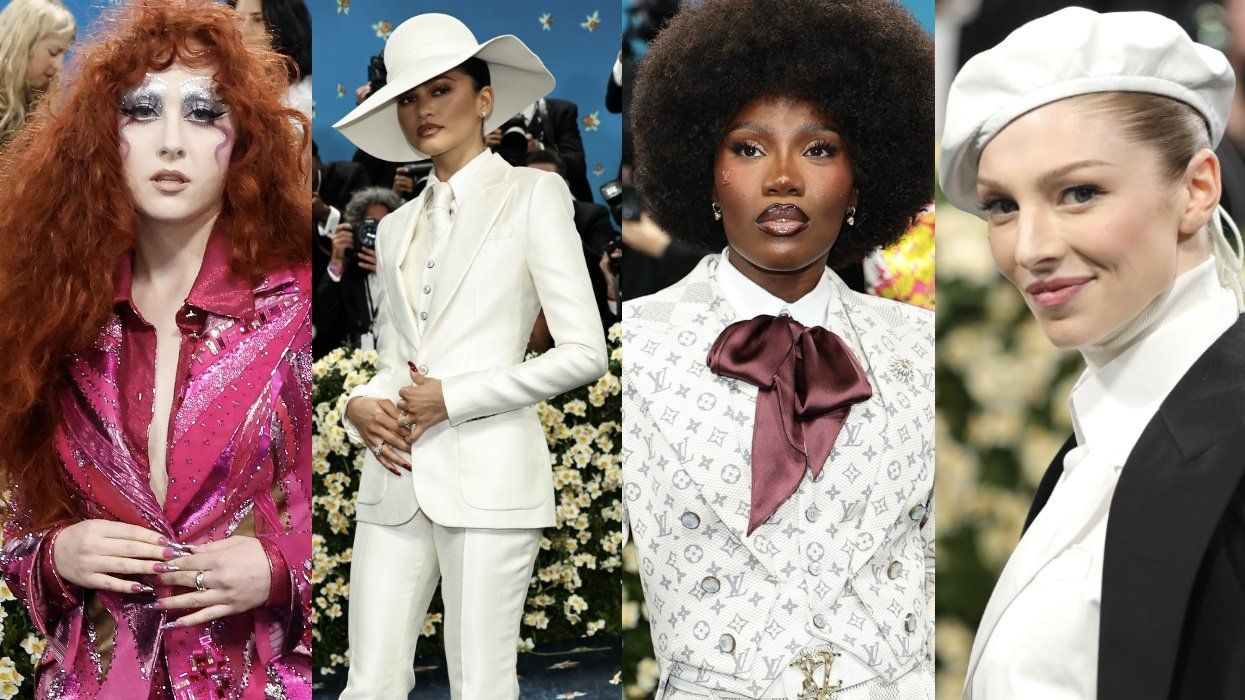
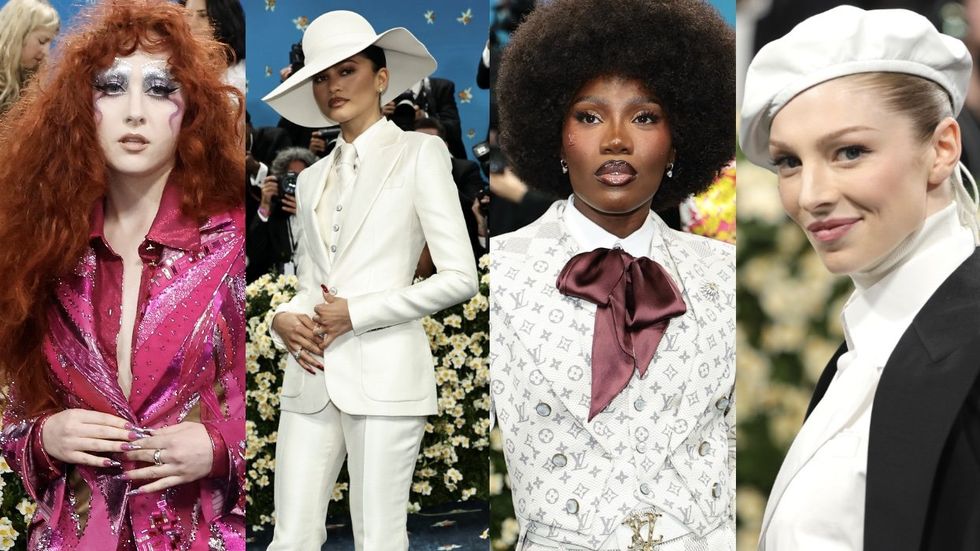



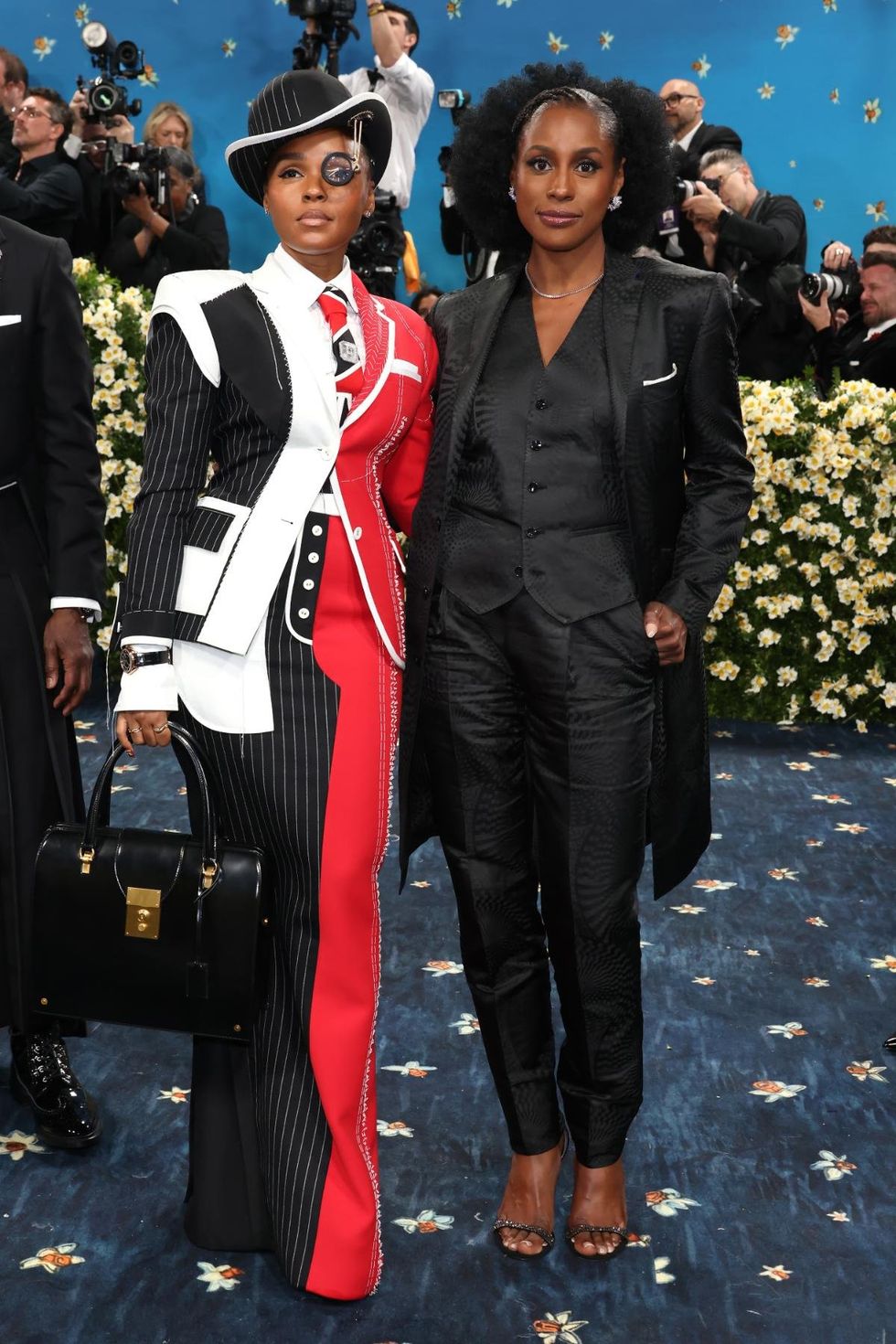
















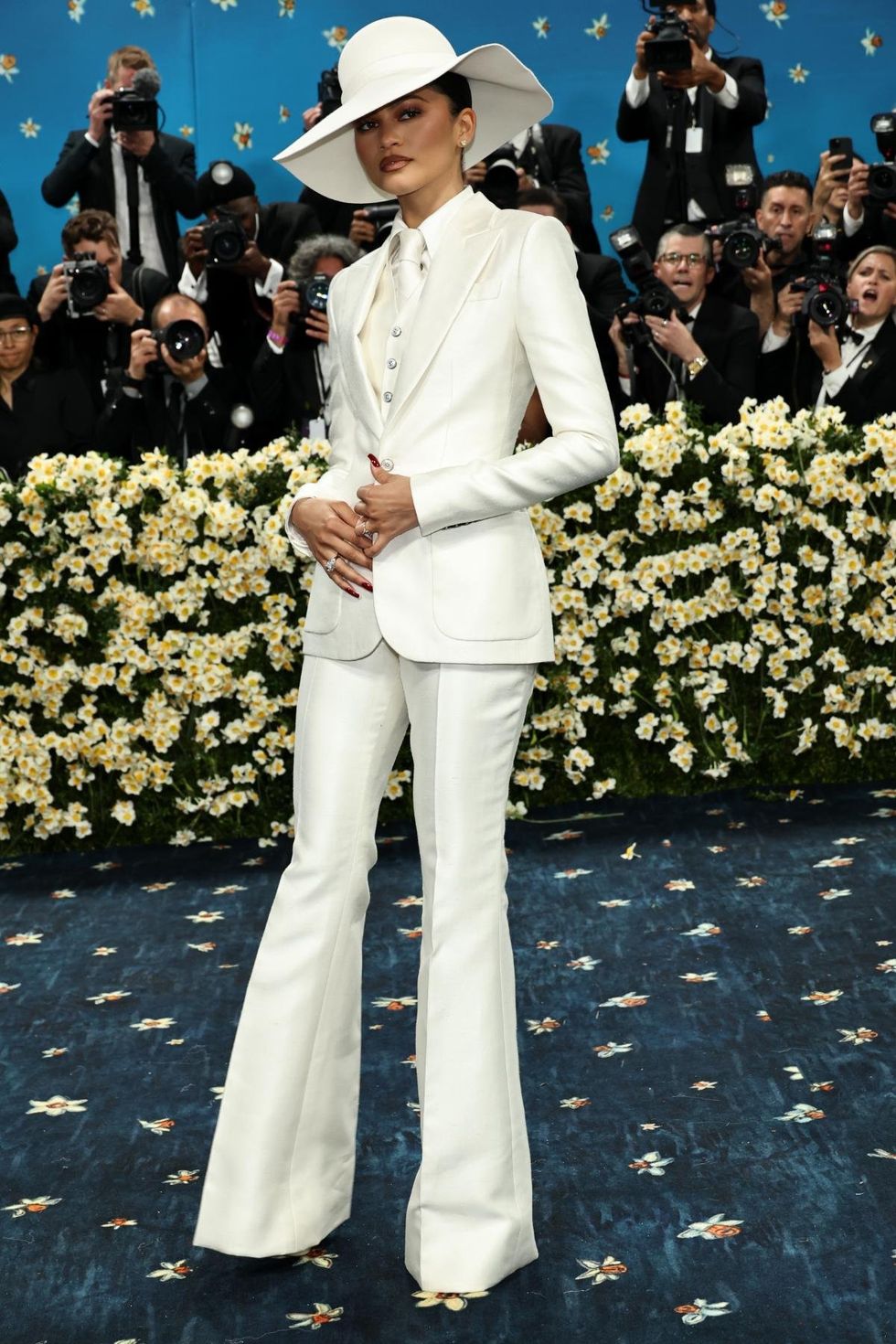



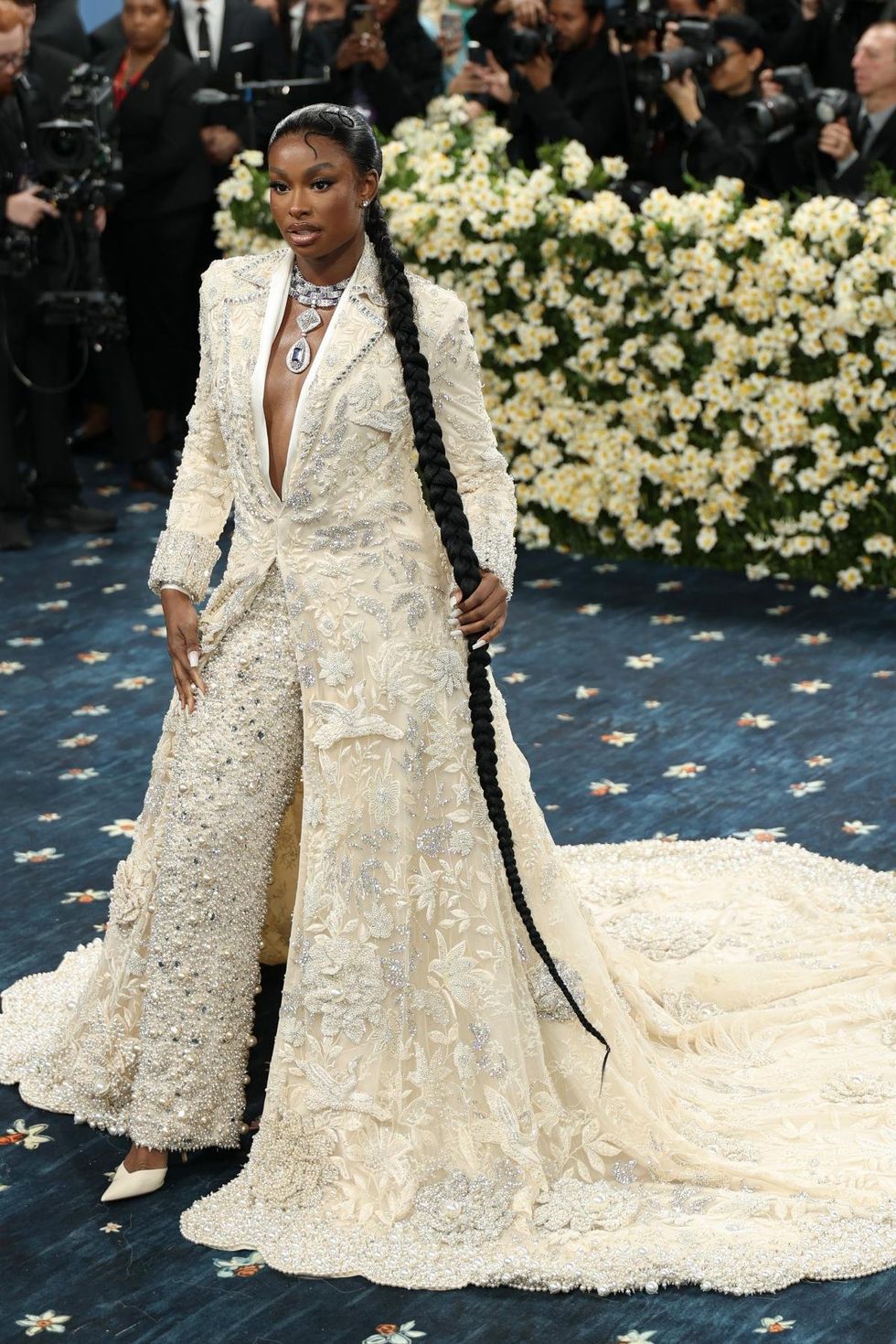



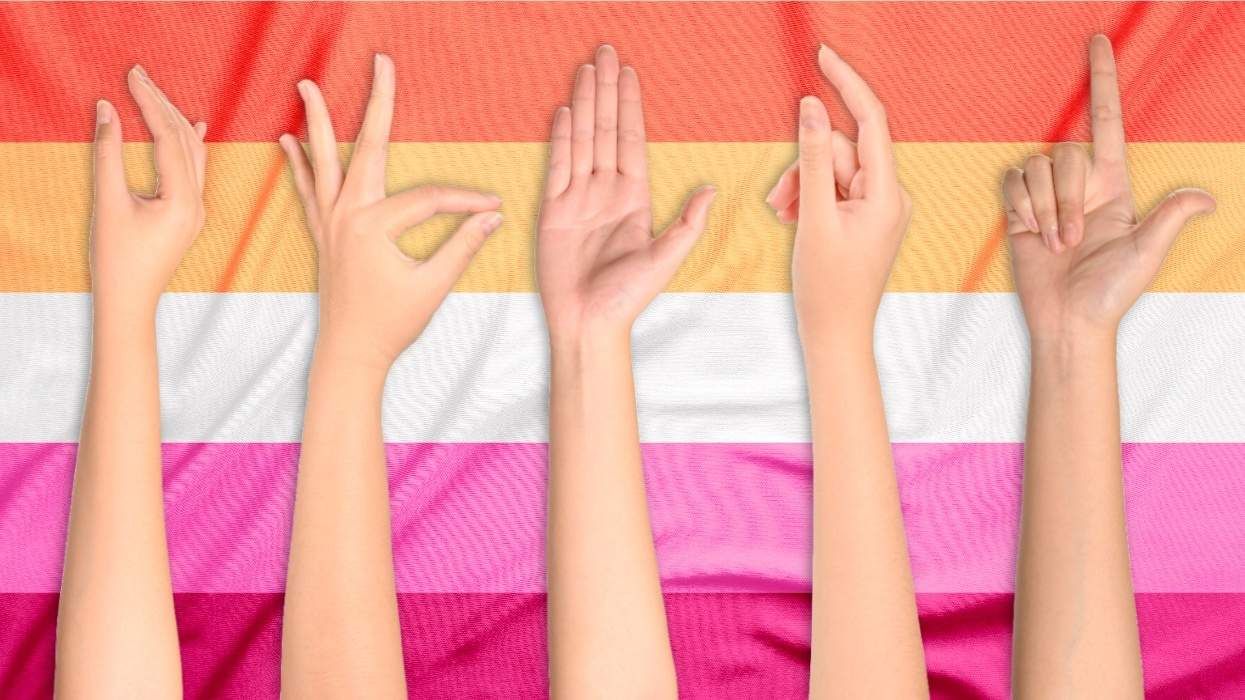





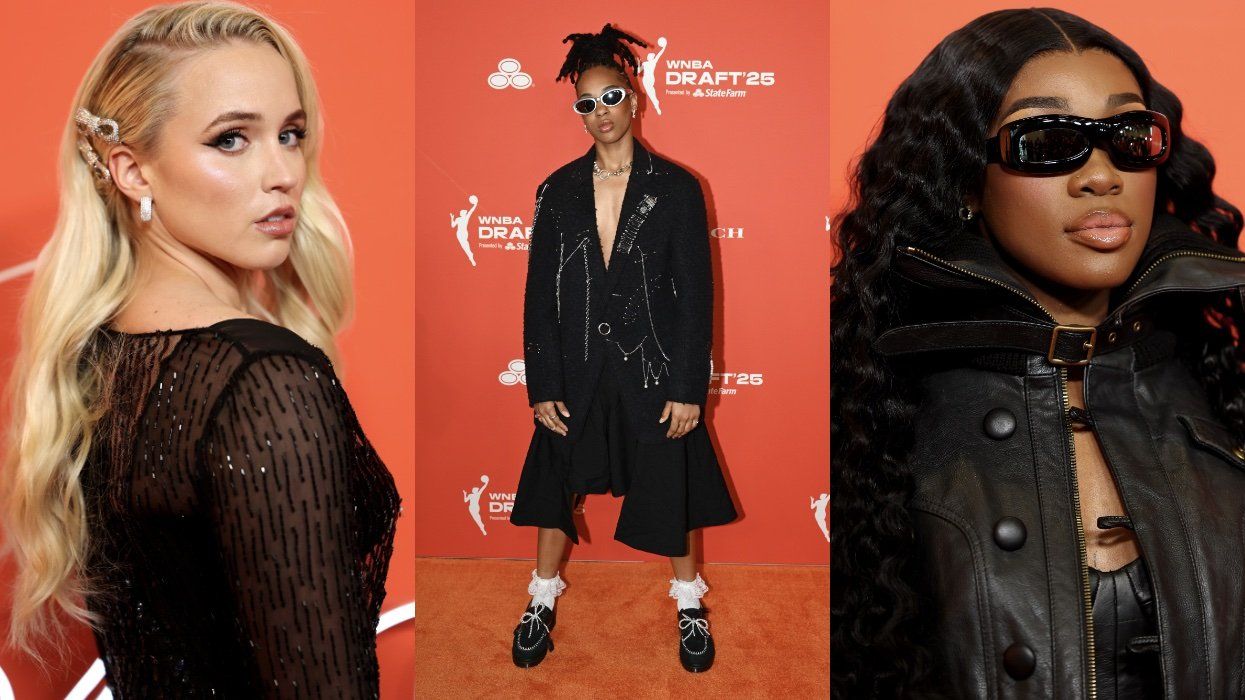
 Cindy Ord/Getty Images
Cindy Ord/Getty Images